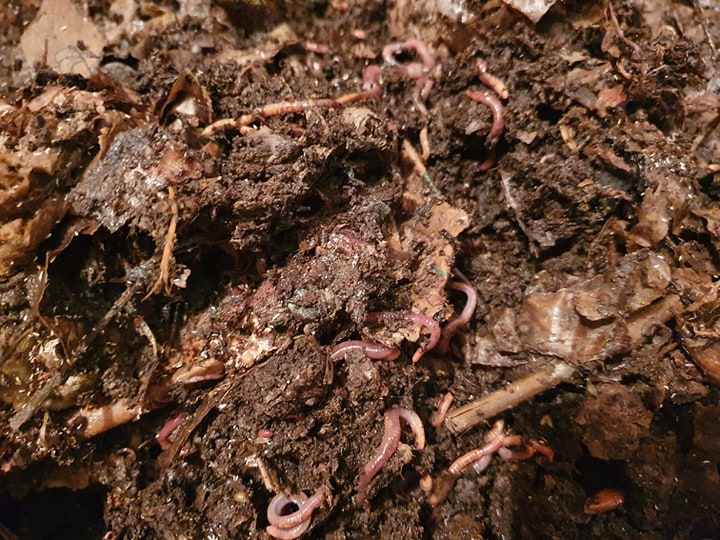About a quarter of the world’s biodiversity is located in the soil
Soil consists of mineral and organic parts. The organic part of the soil consists of living organisms and organic residues at different stages of decomposition. It is estimated that only 1% of soil organisms are known and described to date.

About a quarter of the world’s biodiversity is located in the soil [1]. The importance of soil biota lies in its central role in soil function and the functioning of the ecosystem as a whole. The biological properties of soil are expressed in the composition, abundance, and activity of soil biota.
Soil biota is divided into soil flora and soil fauna, in addition to which the soil contains fungi, bacteria, and lichens. The decomposition and transformation processes of organic matter take place with the help of soil fauna. Soil biota allows the movement of water and air in the soil structure, regulates the circulation of nutrients, and builds the soil, so to speak. Soil biota is also a source of antibiotics and other pharmaceuticals.
Soil fauna can be classified into four classes of magnitude based on the size of the organisms:
- microfauna (< 0.2 mm) (bacteria, algae, Protozoa, roundworms);
- mesofauna (< 2 mm) inhabit the airspaces in the soil (mites, springtails);
- macrofauna (< 20 mm) bores passages between the solid parts of the soil (isopods, arachnids, earthworms, beetles, and other insects, and insect larvae);
- megafauna (> 20 mm) (European mole) [2].
The species richness of soil mesofauna and microfauna (micro-arthropods, nematodes, amoebas, potworms), and microflora (bacteria and algae) far exceeds the biodiversity on the soil – it is a critical site for biodiversity. However, humans are currently unable to identify the species of most organisms, and the task and role of all of them in soil processes and in the wider ecosystem is far from being clear [1].
The role of soil mesofauna and macrofauna is to grind plant residues and mix them with the mineral part of the soil. One of the most important groups of macrofauna in the soil are the earthworms. They are the maintainers of the soil structure and important ‘engineers’ of the ecosystem. Earthworms move partially decomposed plant residues from the ground, digest them, cut them, and transport them to the soil layers. If earthworms have pre-digested the decomposable material, microbial degradation in the soil is also much faster. The faeces of soil fauna contain nitrogen and minerals available to plants as well as biogenic calcite (a mineral consisting of calcium carbonate produced during the life of the organisms), which reduces the acidity of the soil and improves its structure. Thus, soil biota is involved in the overall ecosystem nutrient cycle and energy flow through the active decomposition of organic matter [3].
The role of soil megafauna is quite similar to the role of soil macrofauna in soil – largely preserving its structure and enriching it with oxygen. This part of the soil fauna is made up of all soil-related organisms with a body length of more than 20 mm. The main members of the group are larger earthworms and (mostly shell-less) snails, as well as smaller vertebrates such as rodents, shrews, and the mole [4].
Last modified: 15.11.2021
__________________________________________________
[1] Vacht, P. 2015. Rikkalik bioloogiline mitmekesisus on meile palju lähemal kui arvata oskame. Bioneer.ee, 04.03.2015 - https://bioneer.ee/rikkalik-bioloogiline-mitmekesisus-meile-palju-lähemal-kui-arvata-oskame
[2] Mullaelustiku tähtsus. 2017. Põllumuldade mullaelustiku uuringud. Enviana OÜ http://enviana.ee/Mullaelustiku-tähtsus/
[3] E. Hiie. Maaviljelusviisi mõju mullaelustiku arvukusele ja mitmekesisusele. Magistritöö. Tallinna Tehnikaülikooli Tartu Kolledž, 2016.
[4] E. Prangel, E. Põllumajandusmaastike elurikkuse kaitse: põllumajanduslikud keskkonnameetodid ja nende tulemuslikkus. Bakalaureusetöö. Tartu Ülikool, 2015. https://www.eoy.ee/uurimistood/files/2015_Prangel_Bsc.pdf